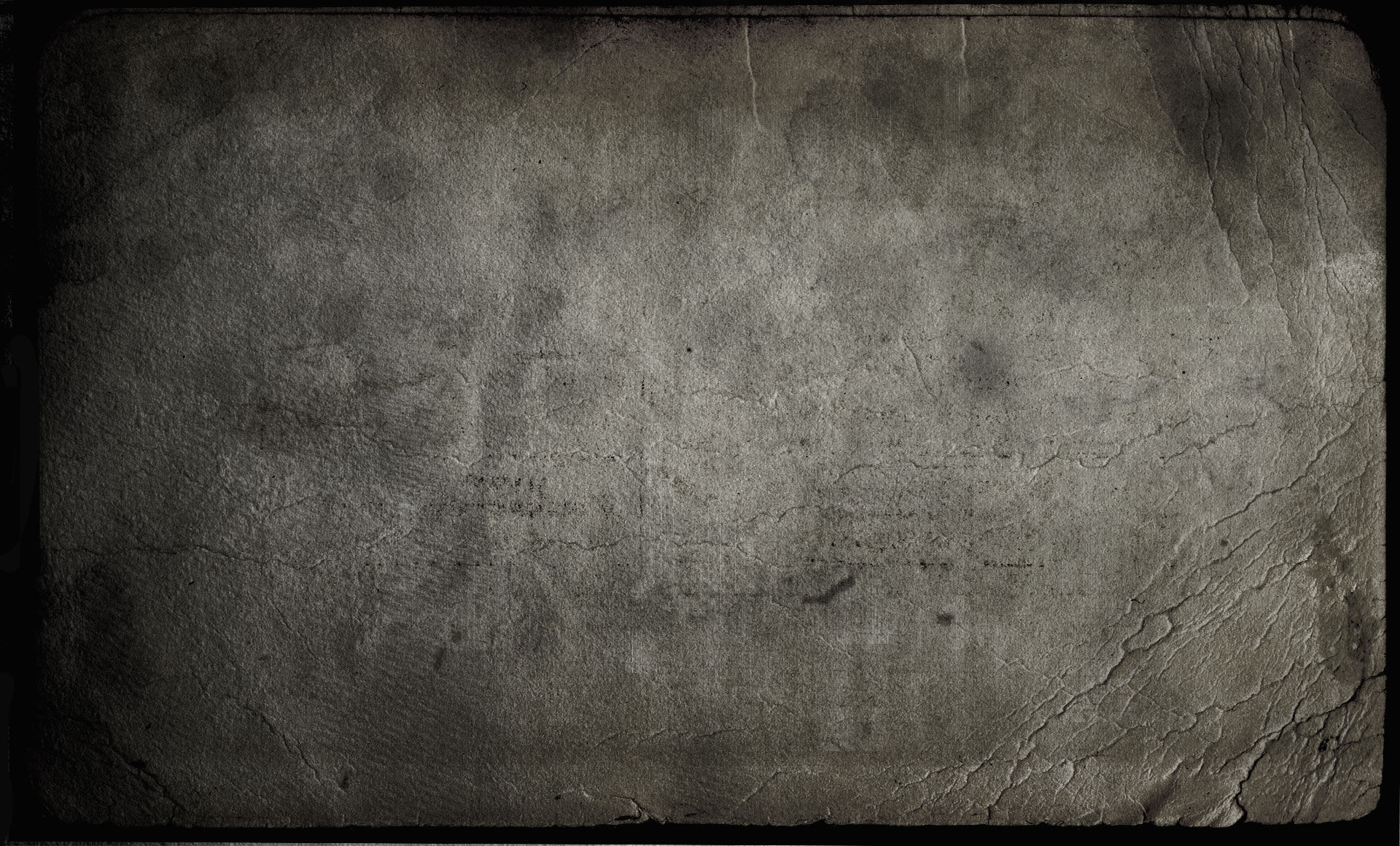“If you have a taste for something different and daring”

1 Annuntiatio (4:14)
2 Bethlehem Anno Primo (8:04)
3 Jesus in Templo (11:26)
4 Canae Nuptiale (4:24)
5 Beatitudines (4:20)
6 Seminator (2:21)
7 Granum Senapi (2:20)
8 Qui Sine Peccato est Primum Lapiderm Mittat (4:11)
9 Lazarus Amicus Meus (3:02)
10 Qui Bibet hanc Aquam Nunquam Sitiet (11:16)
(DDL 55:36) (V.F.)
(Progressive EM)
Here is another strange album to land in the bins of EM. Except that EVANGELUM SECUNDUM is more progressive and experimental than electronic, even if entirely made with synthesizers, sequencers and mellotrons. The last opus of FaBIO Sbrizzi goes back to 2006 with the superb Comunicare. An album that showed all the talent of composer and sound sculptor of the Italian synthesist. Album more theatrical than musical, more poetic than melodic where each track hides a dimension more claustrophobic than paradisiacal, the Second Gospel is a dark album which is rather difficult to tame. The rhythms are tortuous, disjointed and run in all directions, framing unfinished melodies. Melodies that die in the hermetic breaths of the heavy mellotrons, builders of impassable sound walls with intense movements of violins and cellos that bury choruses with diversified intonations.
Annuntiatio begins with gloomy synth layers that float like old organ wings over the sparse strikes of wandering percussions. With no clear rhythm, the music is in constant tugging with the heavy melodic approach of the monastery synth layers that drown out both the percussions and the scattered guitar chords. This sense of tugging between rhythms and harmonies is the cornerstone of this album's complexity and continues with Bethlehem Anno Primo, which flows with good fluty layers singing beneath pulsing bass-lines hits. The rhythm is heavy and a bit menacing. It lazily undulates along with the course of the sequences and jerky chords that shake the temples of hearing with sharp blows, scattering the choirs and angelic bells to the four winds. Dark winds make tinkling chimes which awaken a gentle angelic choir. The intro of Jesus in Templo then comes alive with a fluid movement where the sequences hammer out a circular rhythm that follows the spinning of the chimes. The ambience becomes dense and stifling with dark choirs singing over orchestral momentums where the bows jolt structure of short sharp blows. Jesus in Templo stumbles through a maze of disjointed rhythms and moods where mellotron and sequencer fight the battle of stigmatization under the stars of the chimes before smothering in this strange amalgam of cellos and flutes whose sclerotic laments wander among lost chords. A furtive sequence emerges from the misty limbo of Canae Nuptiale to run with the uncertain chords of a dreamy synth. A nice dance of time ensues with chords from a sequencer encircling the breaths of a dreamy synth, leading Canae Nuptiale into another spasmodic rhythmic pattern.
Beatitudines is a nice ambient melody where the chants of the birds espouse marvellously the ethereal movements of the mellotron choirs and layers. The only drawback is the very abrupt finale. Fact that we observe on the great majority of the tracks on EVANGELUM SECUNDUM. With sequences that jump and intertwine under curt percussion strokes Seminator and Granum Senapi are two short tracks with similar rhythmic structures. Heavy and violent rhythms, full of restraint that link to dark melodic approaches where good synth layers fluttering among the heavy strikes of piano notes that resonate among electronic sounds as well as violins and floating choirs. Qui Sine Peccato est Primum Lapiderm Mittat has a great structure where the progressive rhythm stealthily evolves over a good synth crescendo. The drums of the slave galleys support the weight of a synth that subdivides its tones, creating a theatrical melody with a touch of drama. With its lost breaths and harp chords overlapping a sequence with big undulating loops, Lazarus Amicus Meus is a nice electronic melody shaped in glass and in angelic breath. The rhythm is delicate, and the synths give off a beautiful ethereal aroma with a nice envelope of haze. Qui Bibet hanc Aquam Nunquam Sitiet embraces a more orchestral tangent with symphonic blasts of the synths. Piano chords drag among guitar notes, while a strange rustling accompanies this slow processional agony. It's a long, complex track eroded by dramatic and orchestral musical elements, uniting the episcopal worlds of Vangelis and the theatrical one of Jean Pierre Thanès where the rhythm gets lost in its reflection, discharging short, beautiful melodies left on the surface of remorse.
Closer to the Italian progressive movements than to the usual electronic structures, EVANGELUM SECUNDUM is a dark and convoluted album with disheveled and moiré rhythmic structures. There is a stifling ambience in this album with fractured and scattered rhythms and melodies in a claustrophobic production. The result is a strange film or theater music that has the haunting visceral depth of Goblin and its delicious Suspiria. It's an album that is very difficult to tame and may seem frustrating at first listen because of its sparse rhythms and melodies. But if you have a taste for something different and daring, this album will live up to your expectations. FaBIO Sbrizzi should also remix his album because the finales of his tracks are sometimes too abrupt..., hence my average score!
Sylvain Lupari (January 22nd, 2012) ***½**

Comentarios